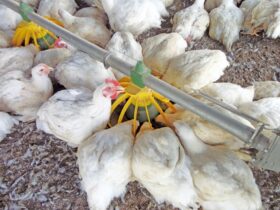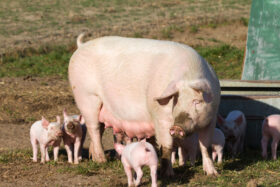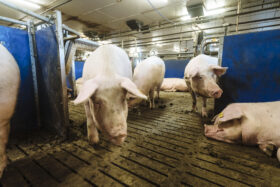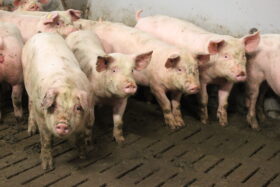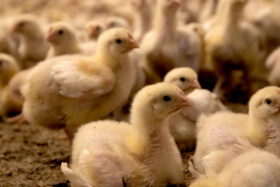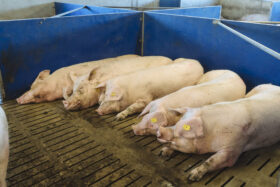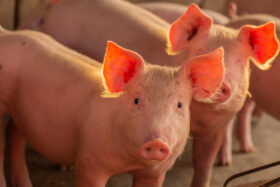Reduce antimicrobial resistance
High performance with reduced antibiotic use?
Antibiotic reduction is driven by consumers, by regulatory authorities, and in the end by business sense. Animal producers should not fear it: performance can be maintained with a holistic, responsible approach.
Holistic solutions for antimicrobial reduction
_________
In the 1950s, meat producers started to use antibiotics on a wide scale because they thought antibiotics meant quick growth without any side effects. Antibiotic resistance had yet to become an issue.
It is an issue now. We still need antibiotics – but we want them to remain effective. This can be done by making sure we need them less – and use less of them. Now, with innovative holistic solutions, animal health and performance is no longer a difficult or costly issue.
Find out how we can help
Poultry
MORE INFORMATION
Swine
MORE INFORMATION
Ruminants
MORE INFORMATION
An integrated approach for effective production
Profits with reduced antibiotics?
The trend of antibiotic reduction, driven by numerous welfare, regulatory, and commercial forces, is expected to grow worldwide over the next few years. How, then, can animal producers keep their animals healthy? How can you keep animal performance up and your costs low?
?
Profits with reduced antibiotics.
We can answer these questions with our extensive experience, international research facilities, own production plants, and highly qualified local support and services. Our customized programs represent a combination of services, products, expertise, and consultancy that provide holistic solutions for your operation.
Understand antibiotic resistance

Antibiotics…
…are a type of antimicrobials. The term antimicrobial refers to the entire range of drugs designed to kill microbes, including bacteria, fungi, viruses and parasites. Antibiotics are those drugs specially designed to kill or inhibit the growth of bacteria, such as strep or clostridium, for instance.

Antibiotic resistance…
…means that bacteria can survive antibiotics designed to kill them. Instead, bacteria continue to grow and multiply.
Antibiotic resistance is not new. However, the extent of antibiotic resistance is a very new and very worrisome trend.

Antibiotic resistance occurs…
…when your body has gotten too used to the antibiotics. When you get an infection and take an antibiotic, some of the good bacteria are killed and some of the bad bacteria are not. The resistant bacteria survive, grow, and spread. They can even spread their drug-resistance to other bacteria. Antibiotic misuse and overuse is one of the main drivers of resistance.

To mitigate ABR…
…in the livestock industry, phytomolecules, probiotics, prebiotics, immunoglobulins, enzymes, peptides, and other solutions can be employed. These modulate the gut flora, strengthen the immune system and generally act as deterrents for infection.
Why choose our solutions?
Today’s animal production is highly influenced by a number of external factors. Consumers increasingly demand antibiotic-free meat, and regulations place additional pressure on meat producers.With the world demanding more protein sources and also actively looking for meat replacements, the industry cannot afford to go on as usual.
There are ways to keep antibiotic use low while maintaining or increasing performance and profit. We support you along the way with customized action packs.
No fluff, no generic ideas: customized, science-backed solutions for you.
Find out
EW Nutrition creates an Antibiotic Reduction program targeted and customized to your specific needs and conditions.
